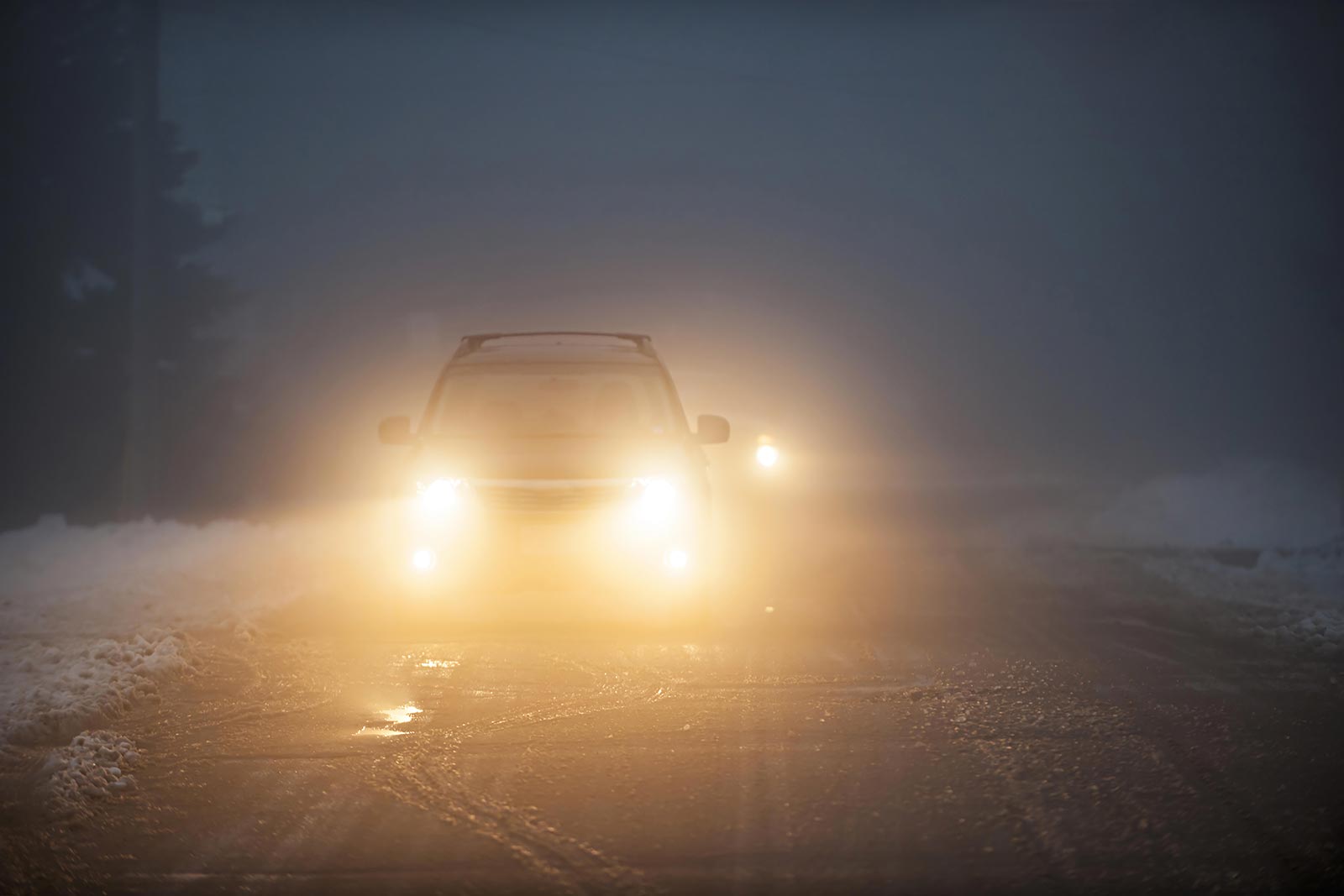Asleep At The Wheel

What is drowsy driving?
Drowsy driving (or driving while tired) can lead to slower reaction times, as well as impaired attention, mental processing, judgment and decision-making. According to the National Highway Traffic Safety Administration (NHTSA), drowsy driving is a state of diminished capacity that mimics the effect of drunk driving.
Driving while tired is extremely dangerous and the NHTSA has released some troubling statistics:
- In 2014, there were 846 fatalities (2.6% of all fatalities) recorded that were related to drowsy driving.
- Between 2005 and 2009, there was an estimated average of 83,000 crashes each year related to drowsy driving.
- Over the last decade, more than 7,000 people have been killed in drowsy-driving-related crashes.
Accidents caused by drowsy driving most frequently occur between midnight and 6 a.m., or in the late afternoon. These times are typically when there are dips in an individuals circadian rhythm (the internal human body clock that regulates sleep).
Furthermore, the NHTSA reports that many drowsy driving crashes involve only a single vehicle with no passengers (besides the driver), running off the road at a high rate of speed with no evidence of slowing. Drowsy driving crashes also frequently occur on rural roads and highways.
Who is most at risk for drowsy driving?
The NHTSA has found that the following groups are at highest risk, based on evidence from crash reports and self-reports of sleep behavior and driving performance:
- Young male drivers (17-23 years old)
- People with sleep disorders, such as sleep apnea, insomnia, restless leg syndrome or narcolepsy
- Shift workers who work at night or work long or irregular hours
- People who sleep less than 6 hours per night
If you are in any of these groups, you should be particularly alert to the dangers of driving while tired and take steps to protect yourself and others.
Safety Steps to Prevent Drowsy Driving
The NHTSA has provided many safety tips to help avoid drowsy driving. Some of the highlights are:
- Get enough rest on a daily basis. Sleep is the only true preventative measure against the risks of drowsy driving. Make it a priority to get 7-8 hours of sleep per night.
- Before the start of a long family car trip, definitely make sure to get some quality sleep or you could put your entire family and others at risk.
- Do not drink before hitting the road. Consuming alcohol can interact with a driver such that it can increase his or her drowsiness and impairment level.
Finally, if possible, drive with others in the vehicle who are alert.
What should I do if I am in a car accident and I believe the other person may have been asleep at the wheel?
As with all car accidents, seek immediate medical attention if you have been injured. You will also want to gather as much information as possible about the accident. This means that you should take pictures and/or video of the accident scene and any damage that may have been caused.
You will also want to document the time and place of the accident. Include details about the weather and note any issues with signage or road conditions. It is also important to get as much information about the other drivers involved, including their insurance information.
How can an attorney help me after my accident?
Once you have received the appropriate medical attention, you are encouraged to seek legal help. An Atlanta or Peachtree Corners car wreck lawyer at McGahren Law can help you through the entire legal process. This means that we will work with you to ensure that you receive the full compensation you deserve for any harm caused to you.
